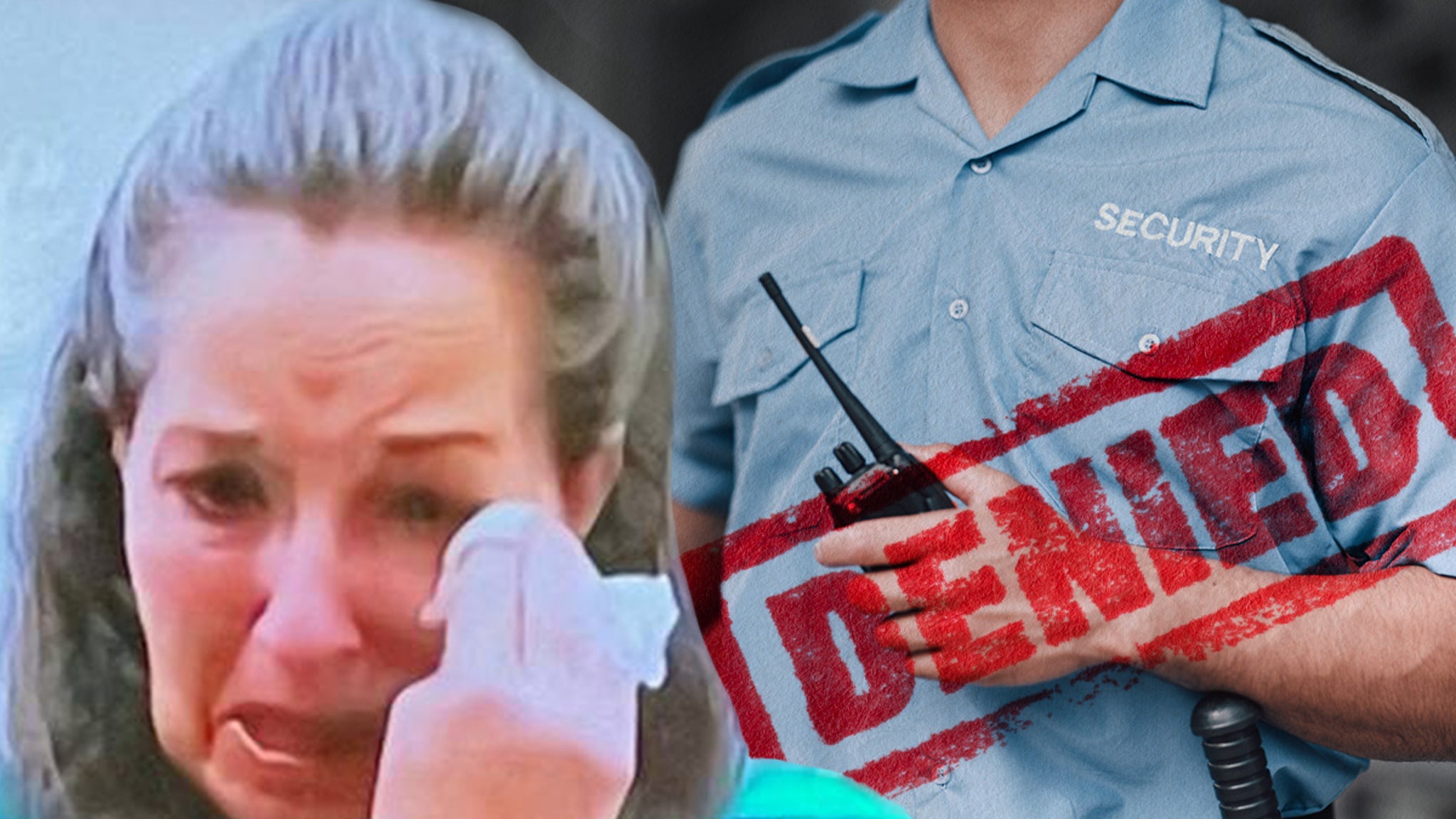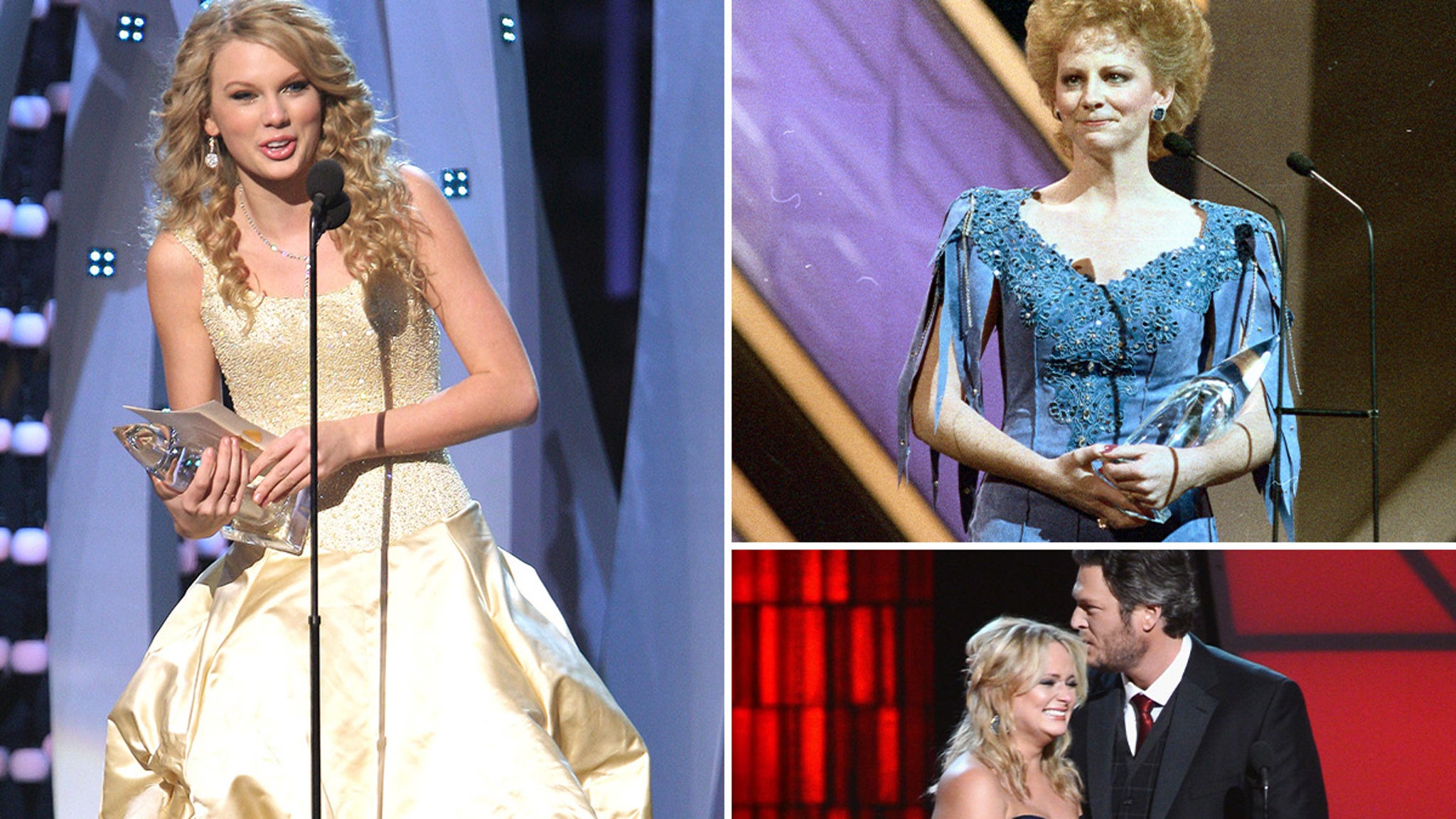Culture
10-Minute Challenge: ‘The Unicorn Rests in a Garden’

Thanks for spending some time with the tapestry!
Now, we’ll tell you a little about it.
This tapestry hangs in the Cloisters, the Upper Manhattan branch of the Metropolitan Museum of Art. It dwarfs museum patrons; it is about 12 feet tall by 8 feet across.
Karsten Moran for The New York Times
It’s made of wool and silk, with metallic threads. It was probably designed in Paris and woven in Brussels for a fabulously wealthy family. Since 1680 — the earliest known record of the art — it has been displayed in a bedroom in Paris and a castle outside Paris; looted by rioters; used by peasants to protect vegetables from the freezing cold; bought back from those peasants and returned to the castle; and purchased by John D. Rockefeller Jr. and finally donated to the Met.
It has confused curators ever since.
Julia Perratore, a curator at the Cloisters who holds a Ph.D. in art history, took us on a guided tour of the tapestry and tried to unravel some of its mystery.
The tapestry you just saw is one of seven in the Cloisters gallery.
Karsten Moran for The New York Times
Taken together, the series tells a story of the hunt …
Karsten Moran for The New York Times
… and eventual violent death …
Karsten Moran for The New York Times
… of a unicorn, a creature that medieval viewers believed was real (perhaps partly based on reports of rhinos or other animals in far-off lands).
Our unicorn, however, seems to be somewhat separate from this series of high-drama events. It is simply resting in a small enclosure, chained — but barely — to a fruit-bearing tree. It seems content; if you look closely, it’s almost smiling.
Karsten Moran for The New York Times
It’s set against a backdrop exploding with flowers, a style called millefleurs, or “thousand flowers,” common in tapestries at the time.
There are red spots on the unicorn’s neck and body.
The Metropolitan Museum of Art
But what are they? This is where the different readings of this artwork begin.
There’s a simple religious reading that was clear to many medieval viewers: The unicorn symbolizes Jesus, and the spots are open, bloody wounds, in reference to the crucifixion. If the other tapestries represent the death of Christ, this can be seen as the end of the series: Christ resurrected.
But there’s another way to see the art: The fruits on the tree above the unicorn are pomegranates, bursting open, dripping down and staining the unicorn’s white fur.
The Metropolitan Museum of Art
“Keep in mind with medieval viewers, insofar as we can get into their minds, is that they loved multiple symbols,” Ms. Perratore said. A symbol or emblem could stand for many things at once. “And the unicorn is a great example.”
Still, she favors the second, secular reading, which goes something like this: Our unicorn is male and off the market. A newly married husband, he’s tamed but content in this beautiful garden. And, critically, he may well be there by choice. Do you really think that dinky chain and small fence could contain this powerful creature?
The Metropolitan Museum of Art
“The unicorn is more of a symbol of that one person that you look for throughout your life,” she said. “And then finally you’ve got them enclosed, happily so or unhappily so — depending on how you want to read this image — within a garden of love.”
Many of the plants surrounding the unicorn — more than 100 different kinds across all the tapestries — are rich with meaning, adding to both readings. There’s a Madonna lily, named for the Virgin Mary, symbolizing purity in its whiteness. There’s the carnation, a symbol of love and courtship, but also a symbol of Christ or the Virgin Mary. The orchid near the belly of the unicorn was seen as an aphrodisiac. And the abundant, dripping pomegranate is a symbol of fertility, but also of the afterlife.
These signals suggest to many that this artwork was commissioned for a wedding, with the tapestry a possible gift for the celebration of marriage. The “A&E” insignia, knotted together, rendered throughout the tapestry, could be the initials of a newly married couple.
Beyond unicorns
Consider again the time you spent looking at this tapestry. (Apparently, it took Mr. Rockefeller only five minutes of looking before he decided to buy them all.) It may have felt like a lifetime to you; reflect on that time for a moment. Did you feel your powers of observation sharpen as the exercise went on? If you did, that’s normal.
“All images, be they medieval tapestries or contemporary paintings or photos in the news, communicate best over duration,” Ms. Perratore said.
Did you find your curiosity growing or waning as you spent more time? Did you make any delightful discoveries? Did you see the tiny frog tucked among the violets?
The Metropolitan Museum of Art
Ultimately, this exercise was only sort of about the unicorn or medieval art — or art at all. Mostly, it was an attempt to pull you out of a world where your attention is under assault and show you the value of uninterrupted focus. We hope it worked.























